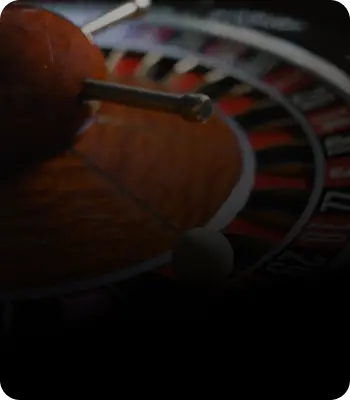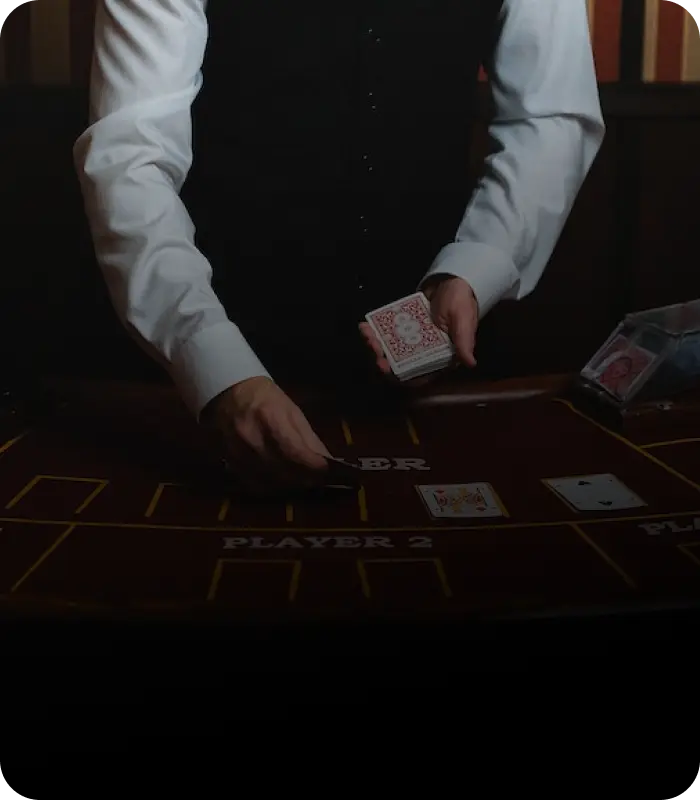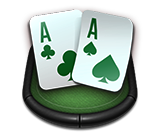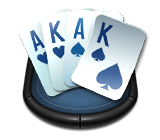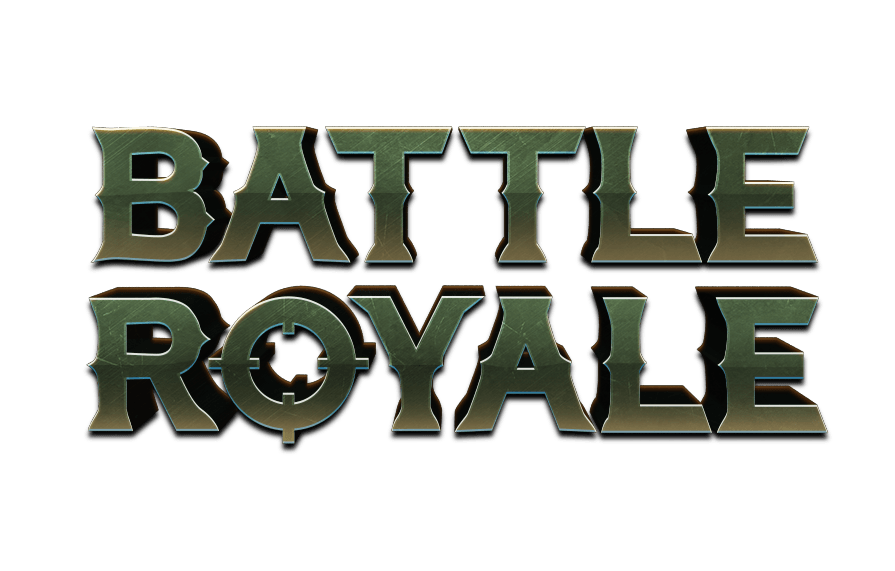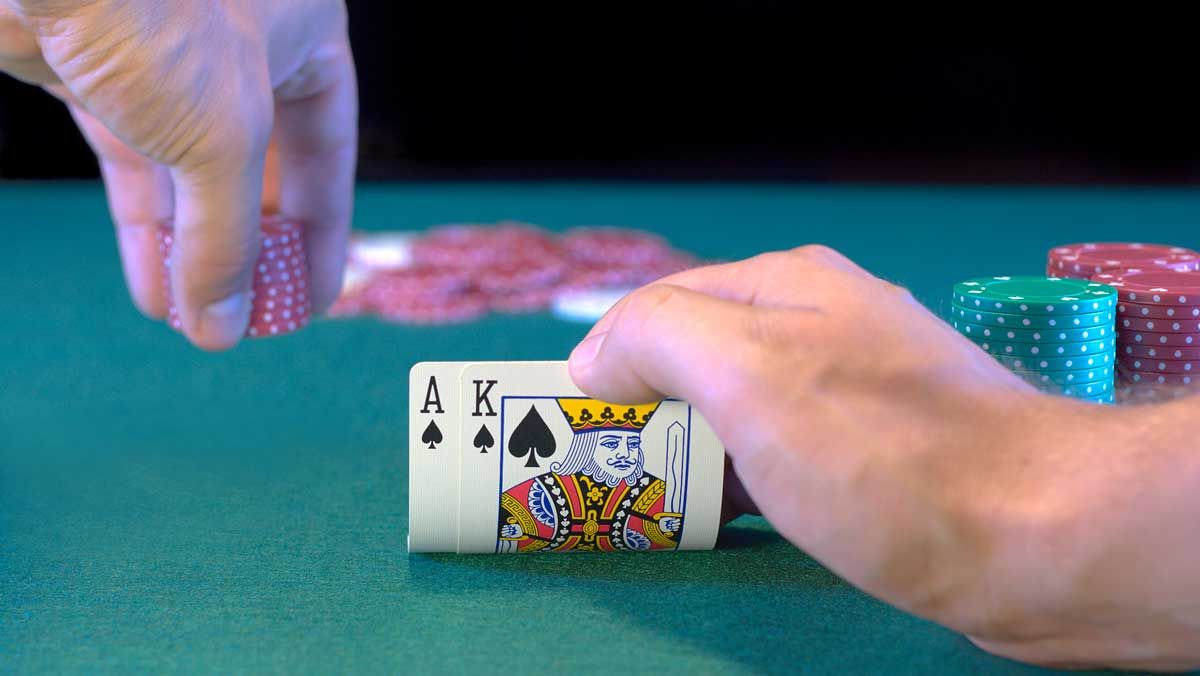
If you’ve ever sat at a poker table, you’re likely to have heard people talking about “3-bets”. But what does 3 bet mean in poker? What is the best way to incorporate this into your game? Discover the answers to these questions and more with our introduction to 3-betting.
What Exactly Does It Mean?
First of all, let’s define exactly what a 3-bet is. Essentially, it is just a very specific type of re-raise.
Since the Big Blind is considered the first bet, any player increasing the wager size is said to be making a “raise”. If a player then re-raises, this would be the third bet in the sequence, hence the term “3-bet”.
If you are the player making the 3-bet, you might be referred to as the “3-bettor”. Similarly, if another raise comes in over the top, this would be a “4-bet”, and the player is dubbed the “4-bettor”.
Why Should You 3-Bet?
Now that’s cleared up, let’s talk a little about the importance of 3 betting in poker. Knowing the best way to utilize 3-bet is as essential as knowing how to use poker ranges. The best poker players in the world play an aggressive style of poker. After all, you cannot win money unless there’s something in the pot to begin with. An aggressive strategy includes plenty of re-raises, specifically 3-bets, as that is how you build sizable pots.
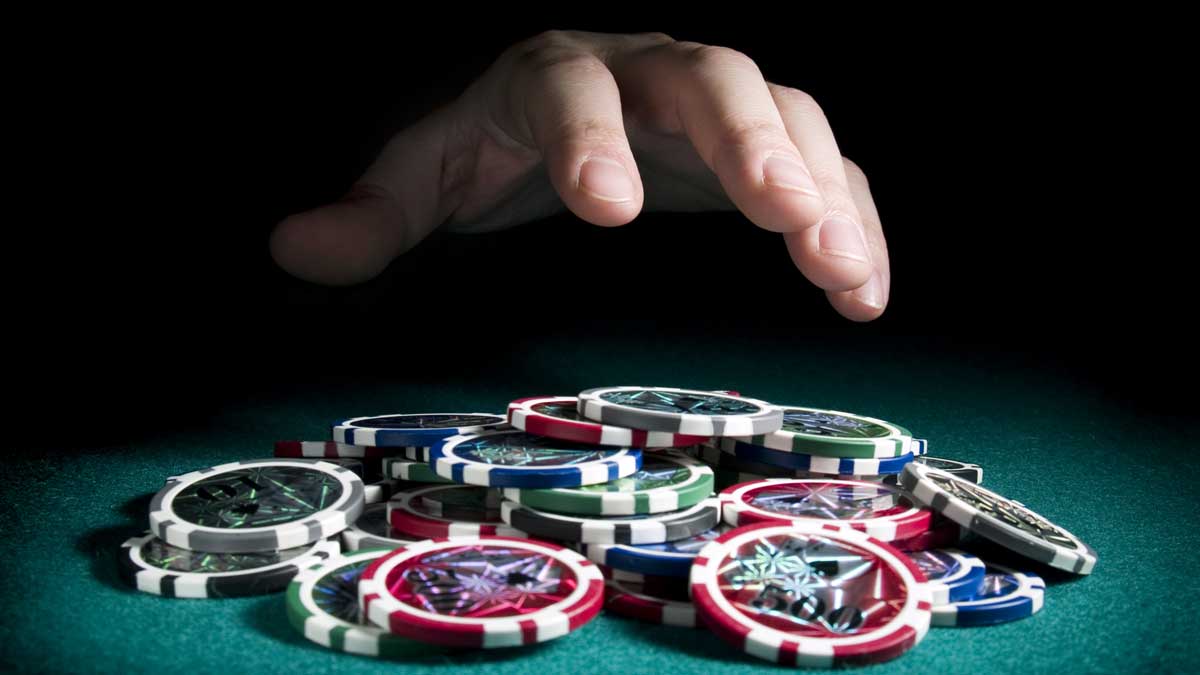 Like any raise, putting in a 3-bet is designed to achieve one of two things. You are either raising for value or trying to make someone fold. When holding a strong hand, you want to build a pot, but if bluffing, you need to get your opponent off their hand. However, poker is rarely that straightforward in reality.
Like any raise, putting in a 3-bet is designed to achieve one of two things. You are either raising for value or trying to make someone fold. When holding a strong hand, you want to build a pot, but if bluffing, you need to get your opponent off their hand. However, poker is rarely that straightforward in reality.
3-Betting Light To Balance Your Range
If you only ever 3-bet for value, such as with premium hands like AK or AA through QQ, you will become too predictable. Your opponents will learn that they should always fold to a 3-bet, and you’ll never get the desired value. That’s why it’s important to 3-bet more frequently than might feel natural.
3-betting light is a good way to balance your range. Let’s say you re-raise pre-flop with something like 7-6 suited. If you end up taking that hand to showdown, this may imply to others that you caught a pair, and the table will take note. 3-betting light pre-flop, in this example with 7 high, helps to improve your table image. People will not see you as a rock, which will help you get full value when later 3-betting with a premium holding.
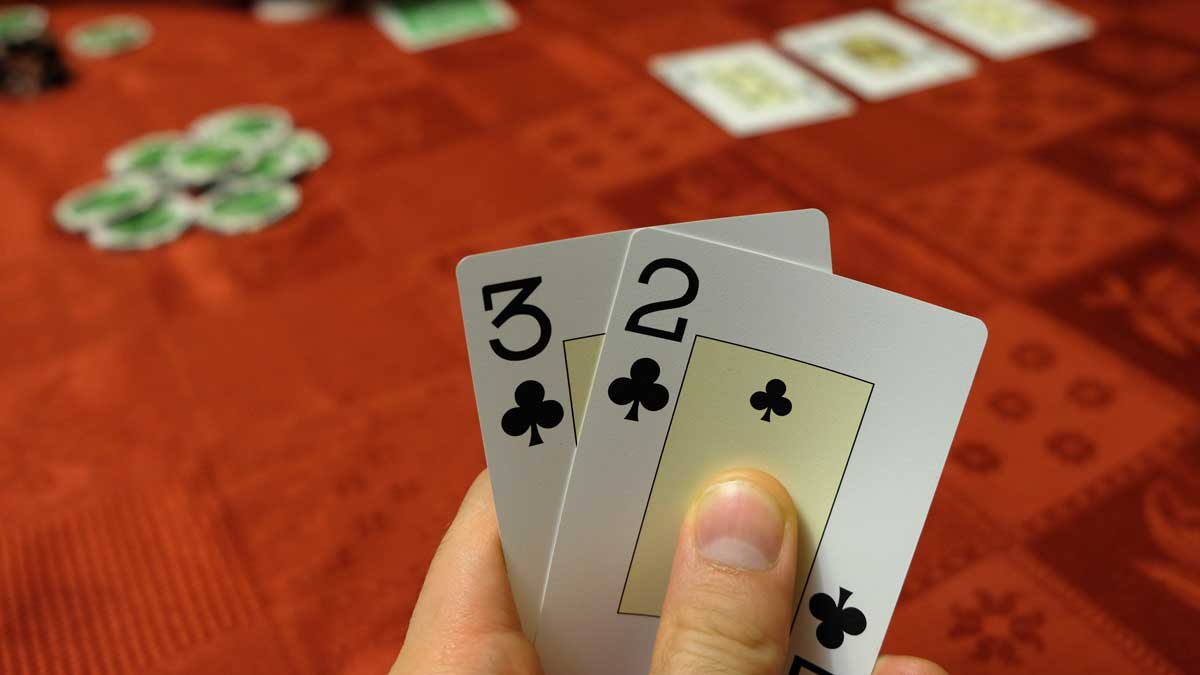 Suited connectors are usually good hands with which to balance your 3-bet range. After all, if you are called, you can flop all kinds of draws and end up felting someone. But what else is good for 3-betting light? Basically, anything towards the top end of your folding range.
Suited connectors are usually good hands with which to balance your 3-bet range. After all, if you are called, you can flop all kinds of draws and end up felting someone. But what else is good for 3-betting light? Basically, anything towards the top end of your folding range.
Let’s say someone throws out a raise and you feel the lowest hand you can call with is an AT offsuit. You look at your cards–A8 offsuit. Well, you have already decided you can’t make a profitable call with that. But what stops you from raising?
Doing so gives you a chance to win the pot there and then, but most importantly, it raises your 3-bet frequency. This is not complete trash, as it gives you something to play with. Furthermore, as previously stated, it is most important for balancing your range of hands and creating your table image.
More On 3-Bet Ranges
What we described above is part of a linear range, or a merged range. This essentially means playing your premium hands as well as the “next best” in the sequence. However, it’s important to remember that poker is not a “one size fits all” kind of game. Charts alone will not make you a profit.
Think about why you are doing things. For instance, why bother constructing a bluffing range if you know that a specific opponent has never folded to a 3-bet and is never going to do so? Against beginners, it often makes more sense to employ a highly polarised 3-betting range. This basically means only 3-bet bluffs with monster hands or complete bluffs.
How to Properly Size Your 3-Bet?
When it comes to sizing your 3-bets, your position is everything. Don’t fall into the trap of letting your hand strength impact the bet size. This will be too predictable, and good opponents will discover your tell. Instead, focus on your position.
If you are playing in position against a single opponent, something around 3x the original raise will do fine. This is enough to put your opponent to the test without risking too much of your own stack. Out of position though, you will need to charge slightly more. Something up to 4x the size of the raise sends a clear message to your opponent.
In multiway pots, against a raise and a call, you’ll need to re-raise even more to get through the additional players. Your 3-bet may need to be as much as 5x the initial raise to get through.













